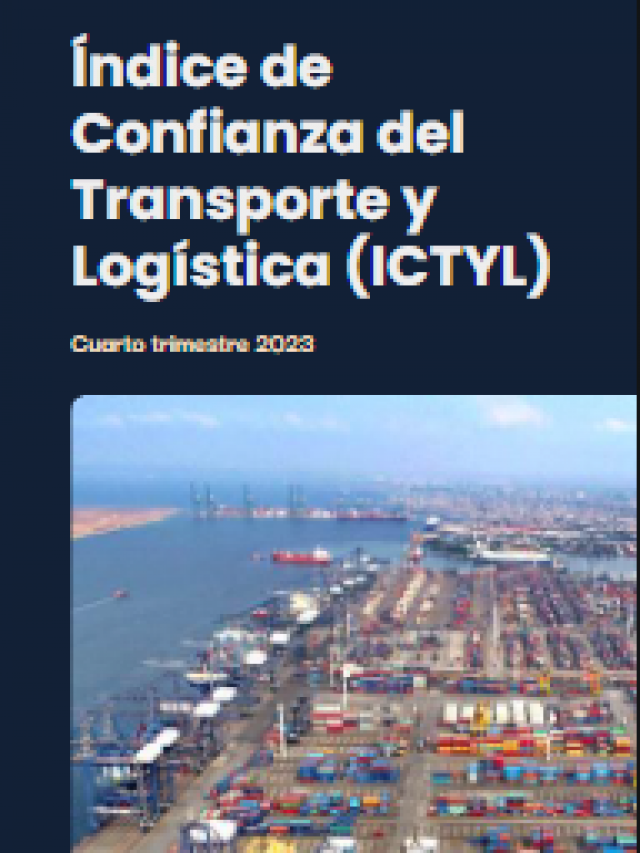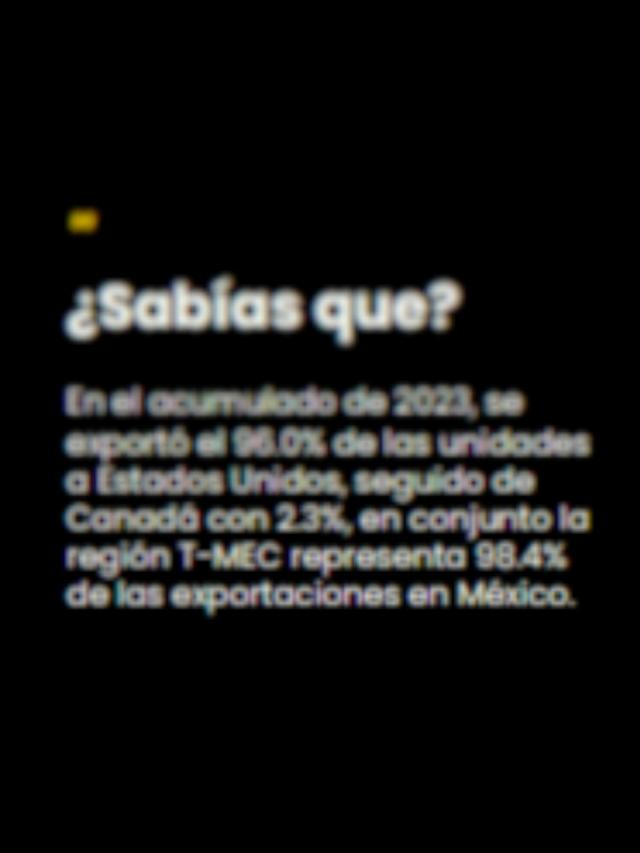
For decades, barcodes have been a key tool for identifying products, controlling inventories, and facilitating logistics processes worldwide. However, new challenges in trade, traceability, and efficiency have exposed their limitations .
The industry is currently in a transition towards a new standard, the 2D code which, according to Juan Pablo Gómez, Director of Product and Services Development at GS1 Mexico , is not only scannable at traditional points of sale, but also allows the storage of key data such as lot numbers, expiration dates, nutritional information, product origin, among others, which represents a substantial change in supply chain management.
“For example, we could significantly reduce the waste of perishable products simply by scanning their expiration dates and offering smart discounts to consumers at the point of sale,” Gómez explains in an interview.
With the 2D code, the system can automatically validate whether the correct batch is being removed, avoiding errors that could result in losses or expired products on the market.
In addition to its logistical applications, the 2D code opens the door to more direct communication with the consumer , since by scanning it, brands can know how many times a product has been scanned, in what locations and what type of information is consulted, which allows them to generate strategies, even locating stolen merchandise, minimizing insecurity.
The global rollout of this new standard is already underway, and companies are expected to begin using 2D codes alongside traditional ones by 2027, with the goal of completing the migration by 2028…
Comment and follow us on X:@jenna_GH_/ @GrupoT21















